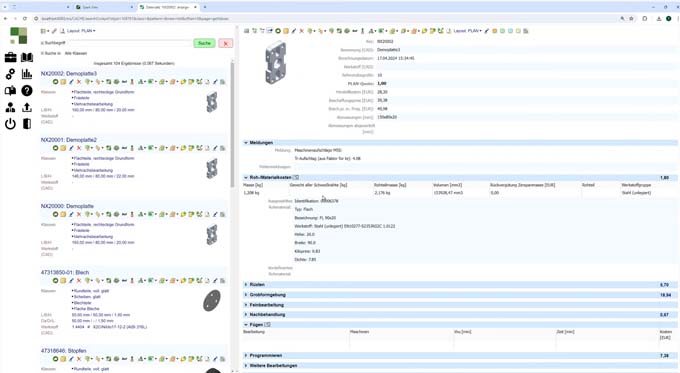Why 'Stay Interviews' should be part of your corporate culture
Employee retention and satisfaction are key aspects of business success in today's competitive business landscape. One effective strategy that is growing in popularity is 'stay interviews' - regular conversations with current employees to understand their motivations, concerns and aspirations within the organization.

Christian Atkinson, Country Director at Swiss recruitment consultancy Robert Walters, provides valuable insights into the importance of stay interviews. His expertise shows how these structured interviews not only retain talent, but also align employees' wishes with the company's goals and thus promote the company's success.
The importance of stay interviews
Stay interviews differ from traditional exit interviews as they focus on current employees. Christian emphasizes their importance, noting, "Regular stay interviews provide insight into employee satisfaction and areas for improvement. This proactive approach helps to address issues early and improve overall employee retention."
Conduct effective retention interviews with employees
"When we talk about conducting effective stay interviews, we actually mean a strategic approach to better understand our employees. These interviews are conducted on a regular basis, usually as part of the half-yearly and annual appraisals, and serve to get to the heart of our employees."
- Job satisfaction: This is crucial because employees share what they find fulfilling and challenging about their tasks. These findings help to tailor the tasks to the strengths and preferences of the employees.
- Professional development: This is about employees' career aspirations and the necessary support from the company. The alignment of goals and development programs promotes growth and loyalty.
- Work environment: Insights into the company culture, team dynamics and general atmosphere help to improve engagement and satisfaction and ensure that everyone feels comfortable and motivated at work.
- Feedback: Encouraging input on company policies and processes reveals blind spots and areas for improvement.
"By addressing these areas in stay interviews, you are not just asking your employees questions. You are actively creating a workplace where they like to stay and feel comfortable," explains Christian.
Turning insights into action
The real value of stay interviews lies in the actionable insights they provide. After conducting these interviews, companies should systematically analyze the feedback. By committing to listening to employees and responding to their feedback, they cultivate a culture of trust and collaboration.
Effects on employee retention
By proactively addressing concerns and responding to employee feedback, companies can significantly increase employee satisfaction and reduce turnover. Christian: "When employees feel valued and heard, they are more willing to commit to their tasks and the success of the company. This proactive approach not only retains talent, but also improves overall morale and productivity."
Anchoring stay interviews in the corporate culture
Incorporating lead discussions is not just about regular appraisals. It's about fostering an environment of continuous dialog and improvement. "This approach not only supports individual career development, but also fosters cohesive team dynamics and drives the organization towards sustained excellence," concludes Christian.
Source: www.robertwalters.ch





















